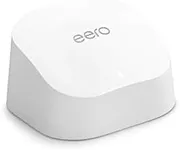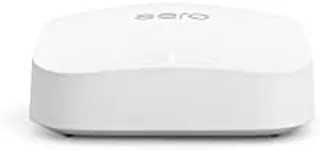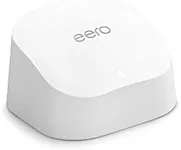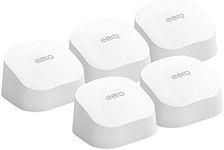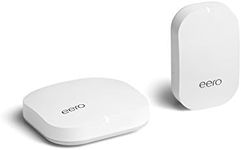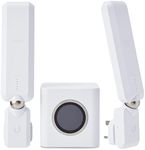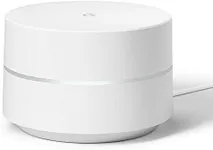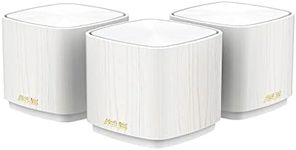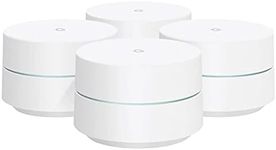Buying Guide for the Best Wi Fi Boosters
Wi-Fi boosters, also known as Wi-Fi extenders or repeaters, are devices designed to improve the coverage and strength of your wireless internet signal. They are particularly useful in larger homes or offices where the Wi-Fi signal from the router may not reach certain areas. When choosing a Wi-Fi booster, it's important to consider several key specifications to ensure you get the best performance for your needs.Coverage AreaThe coverage area of a Wi-Fi booster indicates the maximum distance over which it can effectively extend your Wi-Fi signal. This is important because it determines how much of your home or office will benefit from the boosted signal. Coverage areas can range from a few hundred square feet to several thousand. If you have a small apartment, a booster with a smaller coverage area will suffice. For larger homes or offices, look for a booster with a larger coverage area to ensure comprehensive coverage.
SpeedThe speed of a Wi-Fi booster is measured in megabits per second (Mbps) and indicates how fast data can be transmitted over the network. This is crucial for activities like streaming, gaming, and video conferencing, which require high-speed internet. Wi-Fi boosters come in different speed categories, such as 300 Mbps, 600 Mbps, and even higher. If you use the internet for basic browsing and email, a lower speed booster will be adequate. However, for high-bandwidth activities, opt for a booster with higher speeds to ensure smooth performance.
Frequency BandsWi-Fi boosters operate on different frequency bands, typically 2.4 GHz and 5 GHz. The 2.4 GHz band offers a longer range but slower speeds, while the 5 GHz band provides faster speeds but a shorter range. Dual-band boosters can operate on both frequencies, offering a balance of range and speed. If you have many devices connected to your network or engage in high-bandwidth activities, a dual-band booster is a better choice. For basic internet use, a single-band booster on the 2.4 GHz frequency may be sufficient.
CompatibilityCompatibility refers to whether the Wi-Fi booster can work with your existing router and devices. Most modern boosters are compatible with a wide range of routers, but it's always good to check. This is important to ensure seamless integration and optimal performance. If you have an older router, make sure the booster you choose supports the same Wi-Fi standards (e.g., 802.11n, 802.11ac). For newer routers, look for boosters that support the latest standards for the best performance.
Ease of SetupEase of setup is an important consideration, especially if you're not tech-savvy. Some Wi-Fi boosters come with user-friendly apps or web interfaces that guide you through the installation process step-by-step. Others may require more manual configuration. If you prefer a hassle-free setup, look for boosters that advertise easy installation. Reading user reviews can also give you an idea of how straightforward the setup process is.
Additional FeaturesSome Wi-Fi boosters come with additional features like Ethernet ports, which allow you to connect wired devices, or smart signal indicators that help you find the optimal placement for the booster. These features can enhance the functionality and convenience of the booster. Consider what additional features might be useful for your specific needs. For example, if you have devices that require a wired connection, an Ethernet port can be very beneficial.
